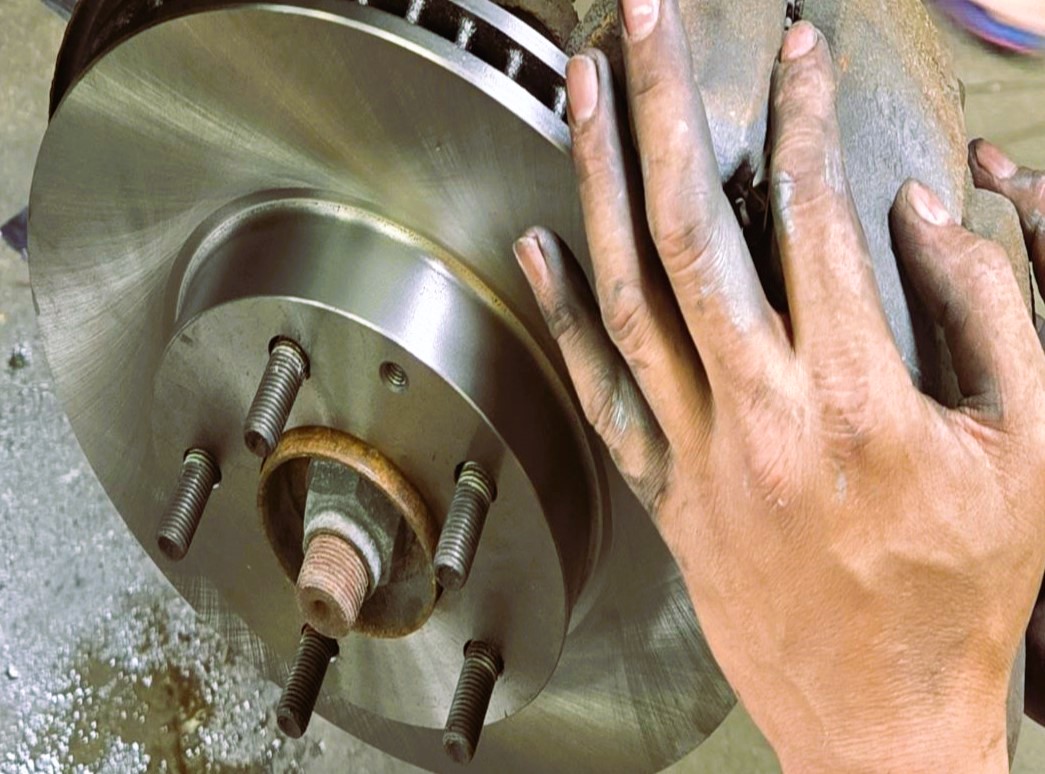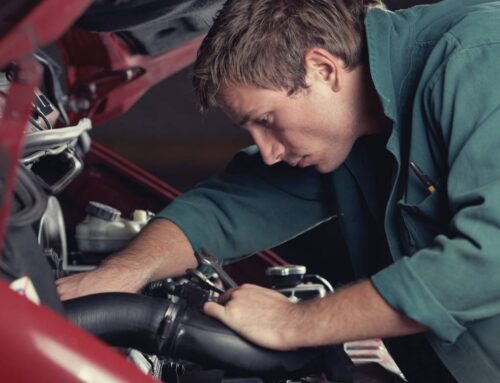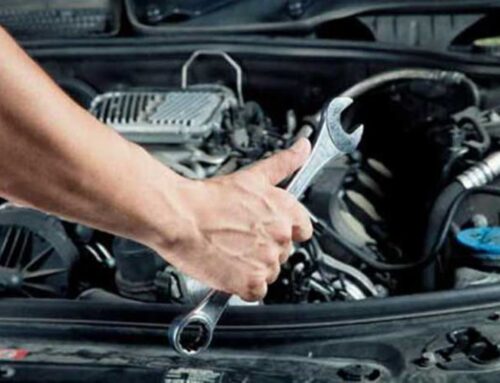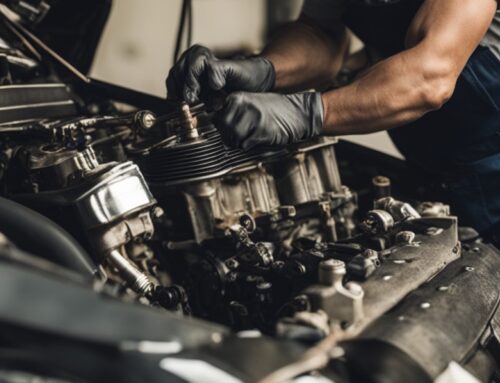August 20, 2024
Everything You Need to Know About Vehicle Brake Repair
Understanding When to Change Brake Pads and Rotors
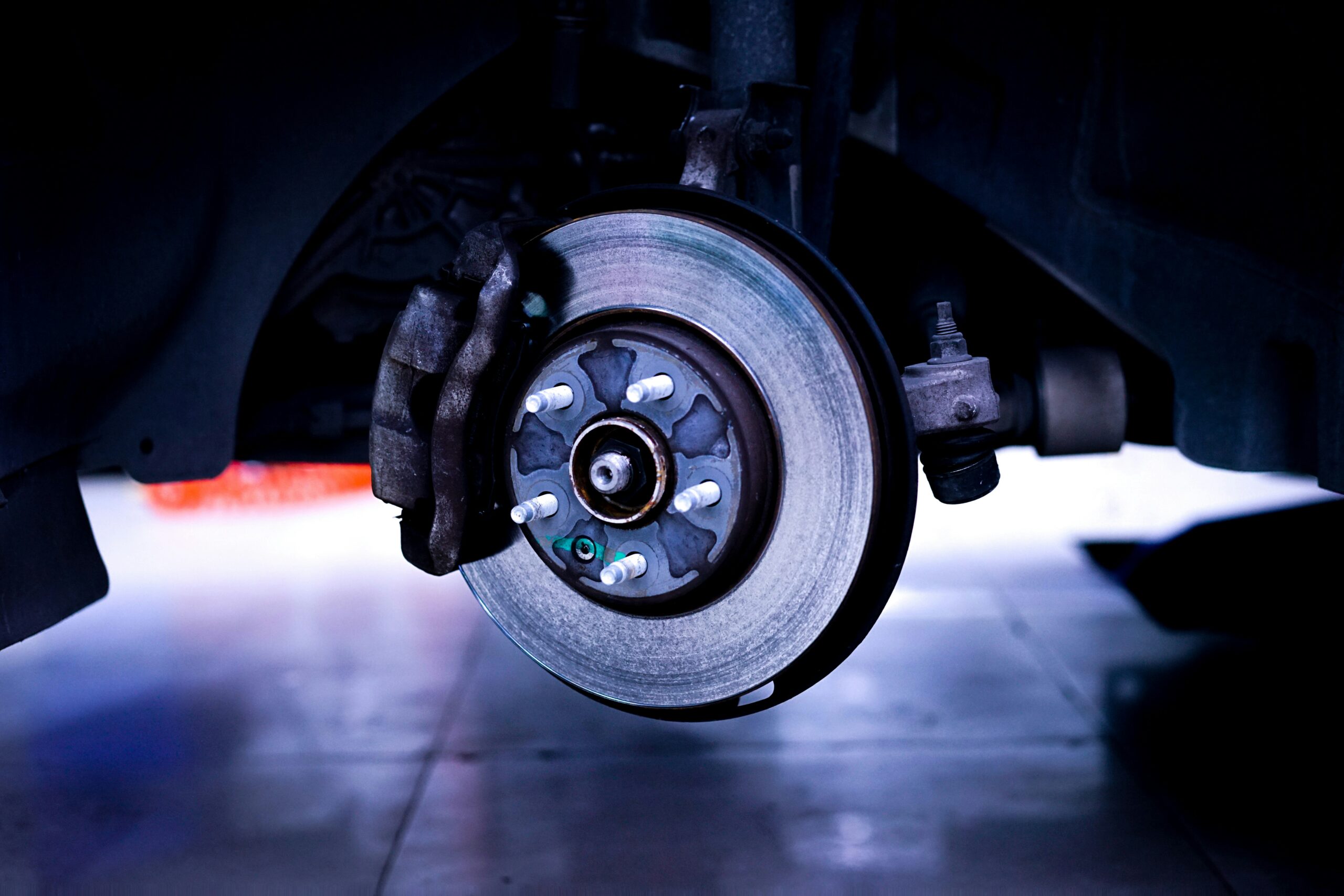
Maintaining the integrity of your vehicle’s brake system is paramount for ensuring safety on the road. A crucial aspect of this maintenance involves understanding when to change your brake pads and rotors. Typically, brake pads have a lifespan ranging from 25,000 to 65,000 miles, depending on the material and usage (40,000 to 110,000 kilometres). However some pads may wear fasteror last longer. (I know its a very high range). Rotors, on the other hand, can generally last up to 70,000 miles or more (110,000 to 160,000 kilometres) but may require replacement sooner if subjected to severe driving conditions.
Signs of wear and tear on your brake pads and rotors should never be ignored. One of the primary indicators that your brake pads need replacing is a noticeable reduction in brake performance. If your vehicle takes longer to stop or if you must apply more pressure to the brake pedal, it might be time for a replacement. Moreover, strange noises such as squealing, squeaking, or grinding sounds during braking are common signals of worn-out brake pads. These noises may originate from the brake pad wear indicators, which are designed to alert you when the pads have worn thin or may happen when brake pad is completely work and exposed metal on the pad grinding on rotors and damaging it.
Another critical sign is vibration. If you feel vibrations in the brake pedal or steering wheel, it may indicate warped rotors or uneven wear on the brake pads. Consistent vibrations during braking should be inspected immediately to prevent further damage and ensure vehicle safety.
Conducting regular checks on your brake system can help prevent unexpected failures. Checking the thickness of your brake pads and the condition of your rotors during routine maintenance can alert you to wear before it becomes a critical issue. Make sure to include a brake system inspection in your vehicle’s regular maintenance schedule.
Your driving habits and conditions also significantly impact the lifespan of your brake pads and rotors. For instance, frequent braking in stop-and-go traffic, driving in hilly areas, or carrying heavy loads can accelerate wear. Consequently, understanding your driving conditions and adapting your maintenance schedule accordingly can prolong the effectiveness of your brake system.
By recognizing the signs of brake wear and adjusting your maintenance practices, you can ensure that your vehicle’s brake pads and rotors perform optimally, enhancing safety and performance on the road. If your vehicle’s brake pad need to get change and you don’t do it on time, not only it will damage your rotors lead to other damages and hefty repair costs, it is a very dangerous practice and can compromise you and your vehicle’s safety.
Brake Maintenance: How Properly Take Care of Your vehicle’s Brakes
Maintaining your vehicle’s brakes is pivotal for ensuring both safety and longevity. A critical aspect of brake maintenance is regularly checking and replacing brake fluid. Brake fluid is essential for transmitting the force created when you press the brake pedal to the brake rotors. Over time, brake fluid can absorb moisture, leading to a decrease in braking efficiency and potential brake failure. It’s recommended to check your brake fluid level every time you change your engine oil and replace it according to your vehicle manufacturer’s guidelines, typically every two years.
Periodic brake inspections are another cornerstone of effective brake maintenance. Regular inspections allow for the early detection of issues such as worn brake pads, thin rotors, or fluid leaks. During an inspection, a technician will measure the thickness of the brake pads and the condition of the rotors, ensuring they adhere to the required specifications. Addressing these issues sooner rather than later can prevent more extensive, costly repairs and contribute to safer driving conditions.
In addition to professional inspections, everyday practices play a significant role in minimizing brake wear and tear. Adopting proper driving habits can greatly extend the life of your brakes. For instance, avoiding sudden stops and gently applying the brakes when possible reduces the stress on your braking system. It’s also wise to avoid overloading your vehicle, as excess weight can force your brakes to work harder, leading to faster wear.
Ultimately, a combination of regular brake fluid checks, periodic professional brake inspections, and mindful driving habits forms the foundation of effective brake maintenance. These practices not only enhance the lifespan of your braking system but also ensure optimal vehicle safety on the road.
Identifying the Signs of Brake Problems
A well-maintained braking system is crucial for the safety and performance of any vehicle. To ensure optimal functionality, it is essential to recognize the various signs of brake problems. One of the most common symptoms is the presence of unusual noises such as squeaking or grinding when the brakes are applied. Squeaking typically indicates worn brake pads, while grinding suggests that the pads may be eroded to the point where the metal is making contact with the rotors, necessitating immediate replacement.
Another significant indicator is the feel of the brake pedal. A spongy or soft pedal that sinks to the floor could be indicative of air in the brake lines or low brake fluid, which can compromise the effectiveness of the brakes. Conversely, a pedal that is excessively firm and difficult to press might be a sign of issues within the brake booster or master cylinder, requiring prompt attention from a professional.
Abnormal vibrations when the brakes are applied should not be ignored either. These vibrations can be felt through the brake pedal or steering wheel and often suggest that the rotors are warped or unevenly worn. This condition not only impacts braking efficiency but can also lead to further damage if left unaddressed.
Signs of brake problem:
- Delayed response when braking
- squealing, grinding or any unusual noise when pushing on brake
- Vibration or pulsing when braking
- Feeling soft pedal or spongy when push on pedal
- Burning smell when using brake
- Moving on one side when braking
- warning light such as brake light or brake fluid level light
- Leaking fluid
Lastly, the illumination of brake warning lights on your vehicle’s dashboard is a clear signal that something is amiss within the braking system. These lights can indicate a range of issues, from low brake fluid levels to more severe problems such as brake system failure. It’s recommended to consult the vehicle’s manual and seek professional assistance to diagnose and resolve these warning cues accurately.
By being vigilant and attentive to these signs, vehicle owners can take proactive steps to maintain their braking systems, thus ensuring safer driving conditions.
The Importance of Regular Brake Inspections
Regular brake inspections are crucial for maintaining the safety and performance of your vehicle. Conducting these inspections frequently helps identify potential issues before they escalate into major repairs, which can be both costly and hazardous. Early detection of brake-related problems not only saves you money, but also ensures your vehicle remains safe and reliable on the road.
A comprehensive brake inspection typically involves examining various components of your vehicle’s braking system. This includes checking the brake pads, rotors, calipers, and brake lines for wear and tear. During the inspection, a professional technician will also evaluate the brake fluid, as its condition can significantly impact braking efficiency. If any parts are found to be worn or damaged, they can be repaired or replaced promptly to avoid further complications.
It is recommended to have your brakes inspected by a professional service. These technicians have the expertise and equipment necessary to conduct thorough evaluations and ensure the braking system is operating optimally. Missing or overlooking minor issues during a DIY inspection could compromise your vehicle’s safety, making professional checks indispensable.
Adhering to a regular maintenance schedule for brake inspections cannot be overstressed. Depending on your vehicle’s make, model, and driving habits, brake inspections should be conducted at intervals suggested by the manufacturer or at least once a year. Regular checks help sustain the efficacy of your braking system, reducing the risk of accidents caused by brake failure.
Overall, regular brake inspections are a preventative measure that fortifies the safety and efficiency of your vehicle. By identifying and addressing issues early, you not only preserve the functionality of your braking system but also cultivate peace of mind, knowing your vehicle remains safe to drive at all times.

